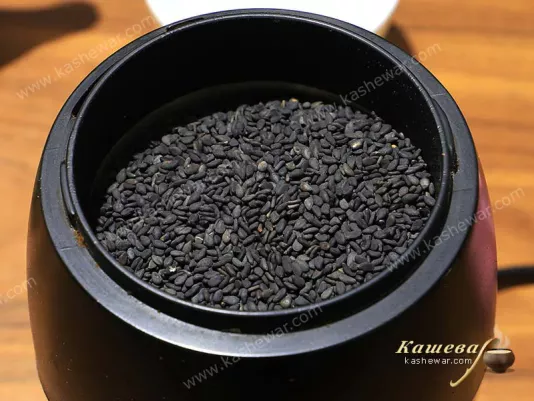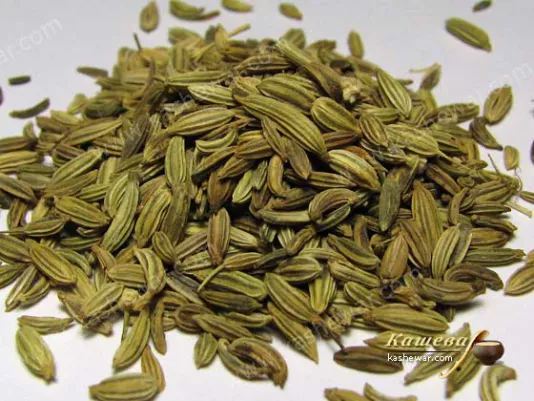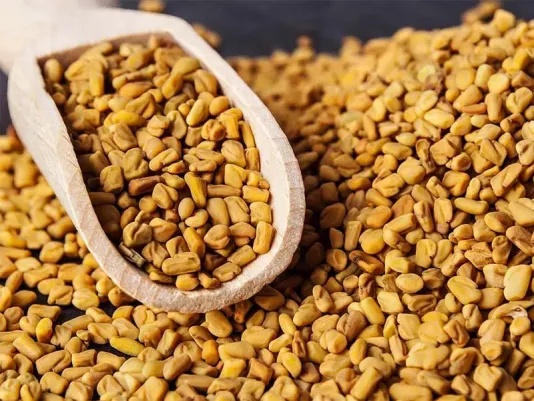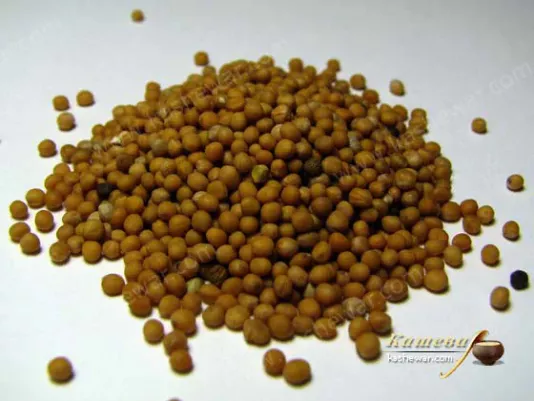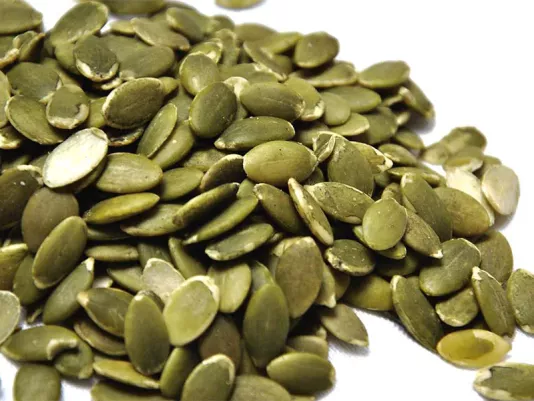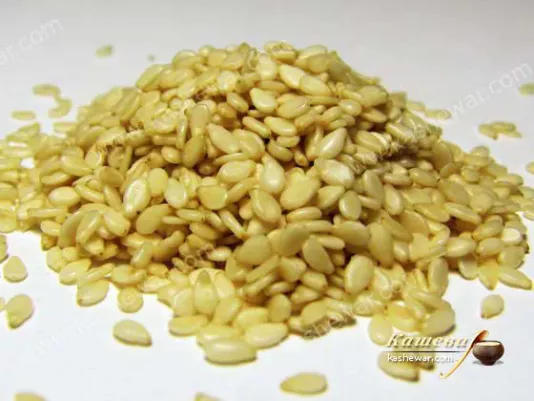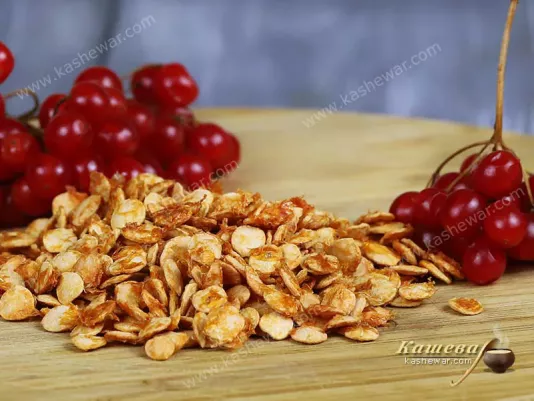Seeds
Seeds have become a real discovery for me in cooking, as they can be added to almost any dish. I use sunflower, pumpkin, flax, sesame, and chia seeds, and each type has its own unique properties. They enrich the diet with proteins, fiber, healthy fats, and minerals, so I always feel like I’m making my meals healthier. For me, seeds are not just an addition but a full-fledged ingredient that can serve as the base for a snack, part of dough, or an important element of a salad. I love their crunchiness and how they change the structure of a dish. I often use seeds as a garnish for finished dishes, as they not only add flavor but also make the presentation more attractive. Thanks to their simplicity and availability, seeds have become an indispensable ingredient in my kitchen, and I always experiment with new combinations to discover their potential even more.
Different Types of Seeds
Sunflower Seeds in Everyday Cooking
Sunflower seeds for me are the simplest and at the same time most versatile option, which I use very often. They are easy to find, affordable, and suitable both for snacks and for preparing various dishes. I love adding shelled seeds to salads because they add crunchiness and make them more nutritious. In baking, sunflower seeds are also indispensable: I mix them into dough for bread or rolls, and the baked goods come out with a pleasant aroma and interesting taste. Especially delicious to me are seeds lightly roasted in a dry pan – then they release their aroma and become even crunchier. I often use sunflower seeds in homemade bars or muesli, combining them with oats, honey, and dried fruits. It’s a convenient and healthy snack for the whole family. For spreads, I also experiment with sunflower seeds: they turn into a delicate paste that can be served with bread or vegetables. I consider sunflower seeds a basic ingredient that should always be on hand. They add valuable nutrients to dishes, make the menu more diverse, and allow even the simplest recipes to be tasty and healthy.
Pumpkin Seeds and Their Benefits
Pumpkin seeds I fell in love with for their rich flavor and valuable properties. They have a delicate nutty taste that pairs perfectly with many dishes. I often add them to salads, especially with fresh vegetables or greens, as they create a pleasant texture and make the dish more filling. In baking, pumpkin seeds are also indispensable: bread or rolls with them look more appetizing and have a special aroma. I like roasting the seeds in a dry pan and sprinkling them over finished dishes – soups, pasta, or even vegetable stews. Such a simple step changes the flavor and makes the presentation more interesting. For me, pumpkin seeds are also a great base for a paste: ground and mixed with oil and spices, they turn into a healthy spread or dressing for dishes. Beyond cooking, I value them as a snack – a handful of roasted seeds easily satisfies hunger and adds energy. I like that pumpkin seeds not only have an excellent taste but also provide benefits: they are rich in minerals and healthy fats. That’s why I always try to keep them at home and add them to my family’s menu as often as possible.
Sesame as a Universal Seasoning
Sesame, for me, is an ingredient that always comes to the rescue when I need to give a dish a new flavor accent. Its delicate nutty aroma and tiny grains make any dish more interesting. I often use sesame in baking: I sprinkle it on bread, rolls, or homemade crackers, and they immediately look more appetizing. In salads, sesame adds a crunchy note and makes the dish more nutritious. I especially love sesame combined with vegetables, meat, or fish, as it enhances their flavor. I like to toast the seeds before using them: then they become even more aromatic, and the dish gets a more pronounced taste. Sesame for me is also the base of the popular tahini paste, which I often use for sauces or spreads. Added to dressings, it makes them tender and creamy, and combined with lemon juice and garlic, it creates a sauce that goes perfectly with salads or vegetables. I sometimes use sesame even in desserts, combining it with honey or dried fruits to get sweet and nutritious treats. This small, seemingly simple ingredient can significantly diversify the menu, and that’s why I always keep sesame in my kitchen.
Flax Seeds in My Dishes
Flax seeds I discovered when I began paying more attention to healthy eating, and since then they have become a constant ingredient in my kitchen. Their taste is fairly neutral, but that’s what allows me to add them to almost any dish. Most often, I mix ground seeds with porridge or yogurt for breakfast – such a dish is nutritious and gives me energy for the whole day. I also add flax seeds to baked goods: bread or rolls with them turn out aromatic and have a pleasant texture. They became especially valuable for me in vegetarian recipes: soaked and ground flax seeds I often use as an egg substitute in dough, and the result always impresses me. I like adding them to smoothies with fruits and greens – this way the drink becomes richer and more nutritious. In addition, flax seeds are perfect as a salad garnish: sprinkling them on vegetables, I add not only flavor but also health benefits. I always keep them in an airtight jar and store them in a cool place so they don’t lose their properties. For me, flax seeds are an example of how a simple product can make the diet healthier and at the same time very tasty.
Chia Seeds and Modern Recipes
Chia seeds I discovered relatively recently, but they quickly became one of my favorite ingredients. Their tiny grains have the unique ability to swell in liquid, forming a delicate jelly-like texture. Thanks to this, I often make healthy puddings with chia seeds: I mix them with milk or yogurt, add some honey or fruits, and it turns into a simple yet very nutritious dessert. I like that chia seeds are suitable for breakfasts, snacks, and light dinners. I also add them to smoothies, porridges, or salads – they have almost no taste of their own but wonderfully enrich dishes with fiber and healthy fats. In baking, I use chia seeds as a thickener or partial egg substitute, and the results always please me with their consistency. It is very important to store them properly: I keep the seeds in a tightly closed jar in a dry and cool place so they don’t lose their properties. Chia seeds help me diversify the menu and make dishes more modern and healthy. For me, they have become an example of how a small ingredient can change the approach to nutrition and open new culinary possibilities.
